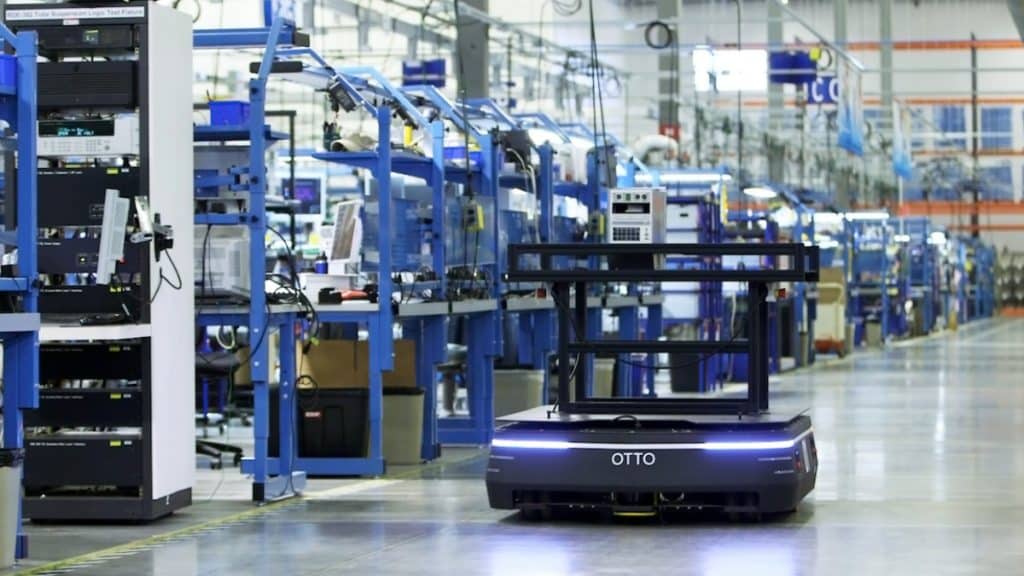Industrial automation has become a cornerstone of modern manufacturing, enhancing productivity, precision, and efficiency across various industries. Its implementation, however, varies significantly across different regions, shaped by local economic conditions, technological advancements, and industrial policies. This article delves into the distinctions and similarities in industrial automation practices in Europe, Asia, and America, with a particular focus on the role of technologies like servo drive controllers.
Overview of Global Industrial Automation Trends
Before diving into regional specifics, it’s essential to understand some universal trends in industrial automation:
● Rapid Technological Advancements: Innovations in robotics, artificial intelligence, and machine learning are pushing the boundaries of what automated systems can achieve.
● Integration of IoT and Big Data: The use of Internet of Things (IoT) devices and big data analytics has become prevalent, enabling more efficient operations and predictive maintenance.
● Focus on Sustainability: There is a growing emphasis on making industrial automation solutions more energy-efficient and less resource-intensive.
Europe: Precision and Advanced Manufacturing
Europe has long been recognized for its high-quality manufacturing standards and is often seen as a leader in the deployment of innovative automation technologies. The region’s approach to industrial automation is characterized by a strong emphasis on precision and sustainability, with significant investments in research and development.
Key Characteristics:
● Robust Industrial Standards: European manufacturers adhere to stringent quality and safety standards, which often exceed those of other regions. This commitment to quality drives the adoption of advanced automation technologies, including highly precise servo drive controllers that ensure exact movements and operations in automated machinery.
● Green Automation: Europe leads in green manufacturing practices, integrating energy-efficient technologies and sustainable practices into the automation process. This includes optimizing energy use in servo systems and minimizing waste in production cycles.
● Collaborative Robotics: There is a notable trend towards using collaborative robots (cobots) that work alongside humans without the need for safety cages, enhancing flexibility and efficiency in production lines.
Asia: Scale and Speed
Asia, led by countries such as China, South Korea, and Japan, is known for its massive manufacturing output and rapid adoption of industrial automation technologies. The focus here is on scaling production capabilities and reducing manufacturing costs through automation.
Key Characteristics:
● Mass Production: Asian markets, particularly China, emphasize the rapid scaling of manufacturing processes to meet both domestic and international demand. Automation, including the use of servo drive controllers, is critical in achieving the high volume and speed required.
● Innovation in Electronics and Automotive: Asian countries are at the forefront of automating production in the electronics and automotive sectors, industries that demand high precision and reliability. Servo drive controllers like DKC03.3-100-7-FW are extensively used to ensure the precise placement and assembly of small, delicate components.
● Government Support: Many Asian governments provide substantial support for automation technologies through subsidies, grants, and policy initiatives, aiming to maintain competitive advantages in global markets.
America: Integration and Customization
North America, particularly the United States, focuses on the integration of advanced technologies and customization in industrial automation. The region excels in automating complex production processes and tailoring solutions to specific industry needs.
Key Characteristics:
● Advanced Integration: American firms often lead in integrating different technologies, such as AI and robotics, into cohesive automated systems. This integration enhances the capabilities of servo systems, allowing for more complex and adaptable manufacturing processes.
● Customization and Flexibility: There is a strong focus on developing flexible automation systems that can be quickly reconfigured for different products or changes in production. This is partly driven by the diverse and rapidly changing consumer demands characteristic of American markets.
● Research and Development: The U.S. invests heavily in R&D, continuously exploring new ways to enhance automation technologies. This includes advancements in servo drive controller technology, aimed at improving performance, reducing costs, and increasing system adaptability.
Challenges and Future Directions
Despite the advantages, the expansion of industrial automation across these regions faces challenges such as:
● Skill Gaps: As automation technologies advance, there is a growing need for skilled workers who can manage and maintain these complex systems.
● Economic Disparities: The varying economic conditions between and within these regions can affect how quickly and extensively automation technologies are adopted.
● Cybersecurity Concerns: With increased connectivity comes greater vulnerability to cyber threats, a challenge that all regions must address.
Conclusion
Industrial automation’s landscape is shaped by regional characteristics and strategies in Europe, Asia, and America. Each area brings its strengths and focuses—Europe with its precision and sustainability, Asia with its scale and speed, and America with its integration and customization. Technologies like servo drive controllers play a crucial role in enhancing the adaptability and efficiency of these automated systems, proving fundamental in the global advancement of manufacturing practices. As we move forward, the interplay between technology, policy, and market demand will continue to define the evolution of industrial automation across these continents.

